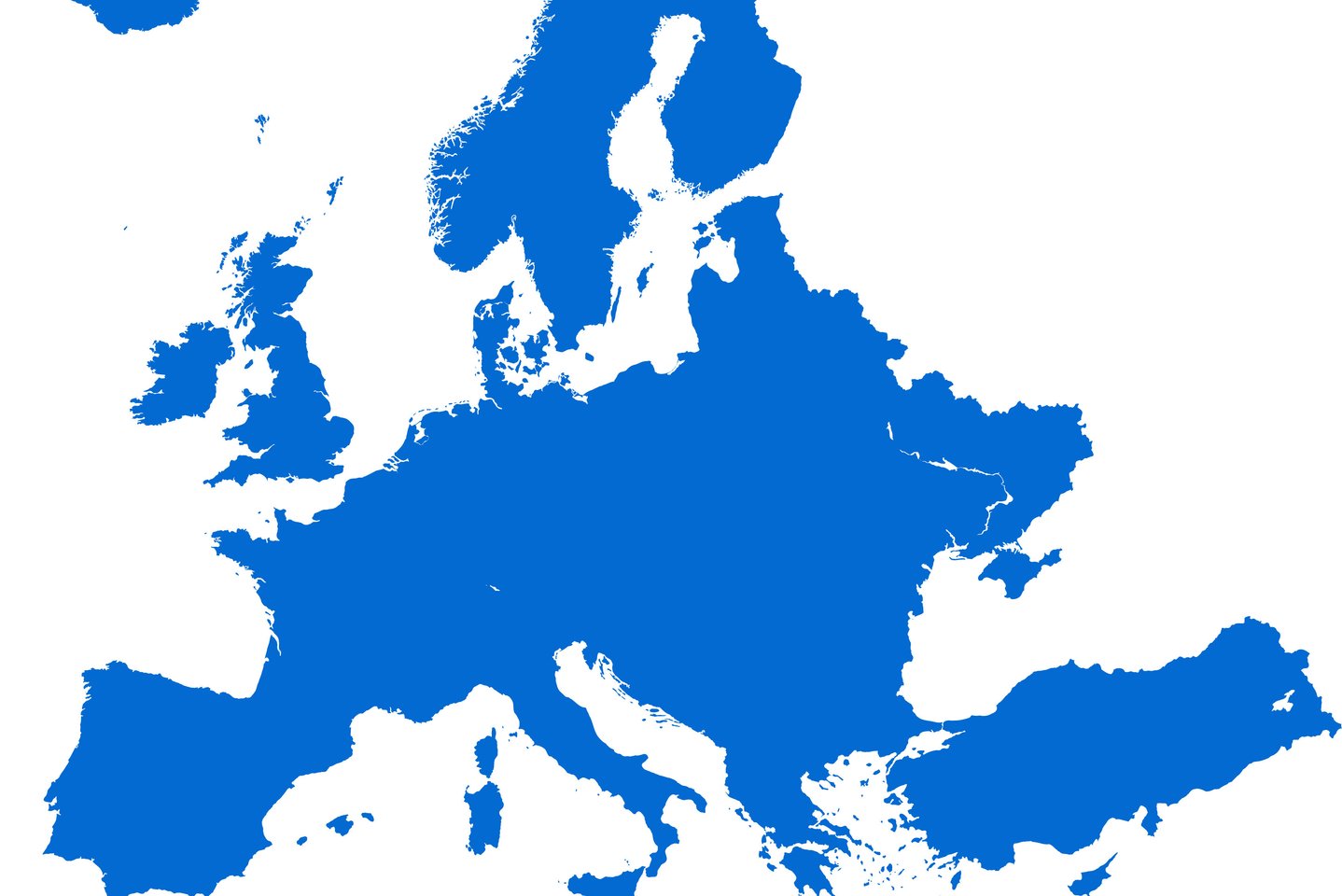However, despite the sudden change in the geopolitical situation and the economic challenges that started at the beginning of the year, Europe remains the most attractive region in the eyes of investors, with 64% believing that Europe’s attractiveness will strengthen in the next three years. According to Linas Dičpetris, EY Baltics consulting leader, both individual national and collective EU action to address geopolitical, economic and labour market challenges will be crucial.
France takes the lead, Lithuania is 21st
The list of the top countries in Europe for investment attractiveness has remained the same recently, with France, the UK, Germany, Spain, and Turkey leading the list. However, not all of these countries are enjoying investment growth this year.
Last year, France was the strongest performer, with FDI growing by 24% to 1,222 projects. According to EY experts, this was due to both the relatively successful containment of the pandemic and the so-called „Macron reforms“.
The UK, always among the leaders, cannot yet boast of a stronger recovery in investor interest, but it has maintained its stability, with a 2% growth in FDI projects (993 projects in total).
Germany, on the other hand, while attracting large industrial projects, especially in the automotive and electronics sectors, recorded a 10% decline in FDI in 2021 (841 projects in total).
According to the survey, Lithuania ranked 21st on the FDI attractiveness map in 2021, two steps lower than a year earlier. Last year, 41 investment projects were attracted to our country, compared to 53 in 2020. However, in terms of jobs created by investment per 1 million inhabitants, Lithuania ranks 6th among European countries.
Meanwhile, our biggest neighbour Poland, although it has seen a decline, remains in the top 10 of the most attractive countries, ranking 9th in terms of FDI attracted. Latvia is ranked 23rd and Estonia 34th.
Manufacturing, logistics, and technology companies invest the most
EY’s international research and FDI analysis show that manufacturing, logistics, and research and development investments in Europe were by far the strongest last year, with 22% more projects than the year before.
According to Mr Dičpetris, this is partly due to the transformation of supply chains, which will continue in the future. „It is evident that investors are now taking the issue of the physical location of a business quite seriously. Every second investor in the survey indicated that they are considering relocating closer to their customers – twice as many as last year. In addition, a significant number admit that they have not ruled out the idea of bringing the business back to their home market. This shows that investors are looking to increase business resilience, to be closer to their core customers, and this is a good sign for Europe,“ notes the EY Baltics consulting leader.
However, EY experts point out that Western Europe will be hit harder than the rest of Europe by its reliance on investment projects in service industries, which have been declining in recent years due to the rise of hybrid and remote working.
Europe’s long-term attractiveness depends on five priorities
Despite the war in Ukraine, investors continue to favour Europe’s attractiveness in the long term. If companies do start to relocate to Europe or to locate in closer proximity, investment in our region should skyrocket.
„In all likelihood, sanctions against Russia due to the war in Ukraine will persist, supply disruptions will continue, and so will price increases. The risk of cyber-attacks against large companies and critical infrastructure is also increasing. Maintaining Europe’s attractiveness, therefore, requires a comprehensive approach and decisive decisions on several fronts by national governments, EU policymakers and the business community,“ said Mr Dičpetris.
Digitalisation, sustainability, talent, the tax environment, and support for innovative and competitive small and medium-sized businesses are key, he said.
„It is important for Europe to continue to ensure digitisation processes, to focus on cybersecurity, and to strengthen citizens’ digital skills, as the digital economy will continue to be the engine of everything. Sustainability leadership is another competitive advantage for Europe. Investors do not hide the fact that sustainability policies are a key factor in their decisions, as demonstrated by the importance of the clean technology and renewable energy sector in Lithuania’s economic growth over the next few years, up from fifth to third place,“ said Mr Dičpetris.
Another important point is the labour market and talent. One major challenge is the shortage of workers, but equally important is the provision of digital competencies. Therefore, these are also areas where governments and businesses should pay consistent attention.
According to the EY Baltics consulting leader, tax policy, its flexibility and pragmatism remain on the radar of investors, as always, but what is new is that investors are starting to look more closely at the level of digitalisation of tax systems.
„All in all, investors are currently opting for more moderate development, but there are also good signals that Europe is maintaining its advantage over North America, China, and other regions. However, Europe is now facing a number of challenges and needs to continue to work on strengthening the digital economy and staying at the forefront of sustainability. It is also important for Europe to attract smaller investors as well as large companies to invest here, which requires new ways and strategies to attract them after the pandemic,“ emphasises Mr Dičpetris.
About the survey
This is the 22nd edition of EY’s Europe Attractiveness Survey. EY attractiveness surveys analyses the attractiveness of a particular region or country as an investment destination. The surveys are designed to help businesses make investment decisions and governments remove barriers to growth. A two-step methodology analyses both the reality and perception of FDI in the country or region.
Baltic investors were also surveyed for the second year in a row.

